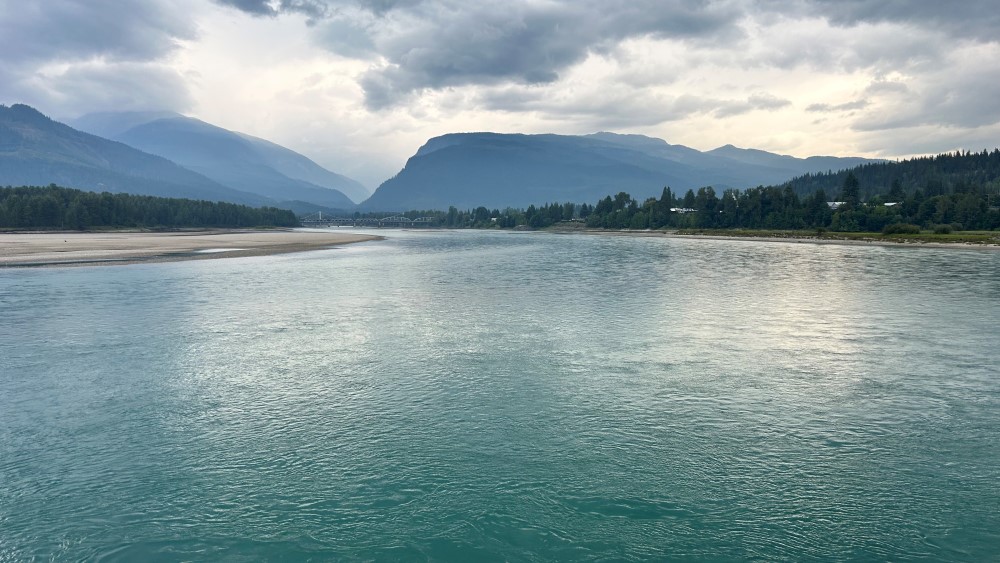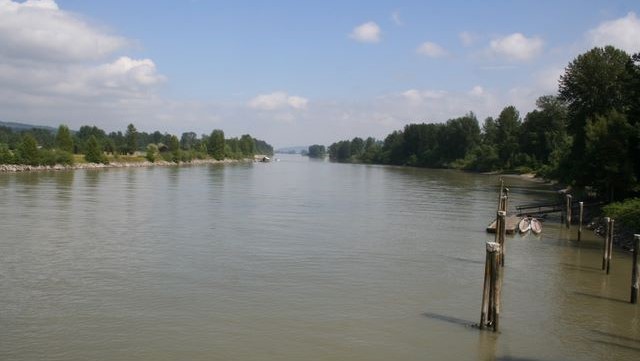Understanding flood risk
Flooding is a common occurrence in B.C. Numerous conditions contribute to flooding, either acting alone or in combination with other flood conditions to result in more severe flood events.

Floods can be caused by:
- Climatic conditions for example, intense rainfall, rain on snow, ice jams, rapid snowmelt, storm surges
- Geomorphic processes for example, debris flows, tsunamis, landslides
- Structural failures for example, dike failure, dam failure
- Human activity for example, logging, dam releases
The most common occurrences of flooding in B.C. are the result of:
- Heavy rain and rain on snow (flash flood)
- Freshet (melted snow)
- High tides and strong winds (storm surge)
- Ice jams
Floodplain mapping
Floodplains are areas that experience periodic flooding from nearby bodies of water. Floodplain mapping is an important first step in understanding where floods may occur and in developing a flood hazard management plan.
Resources
Learn more about flooding in B.C. and resources to help communities prepare for and respond to emergencies.
The FloodWise Portal provides important information on the Fraser River flood and coastal flood hazards and risks in the Lower Mainland, as well as flood risk management and the work underway to reduce flood risks for the region.


